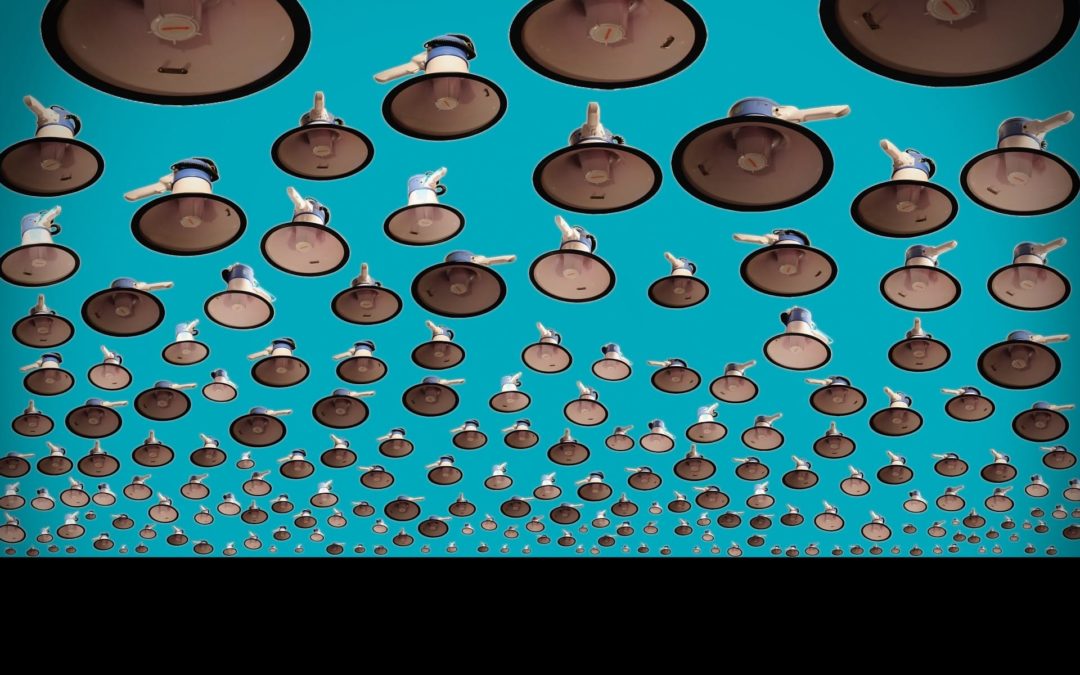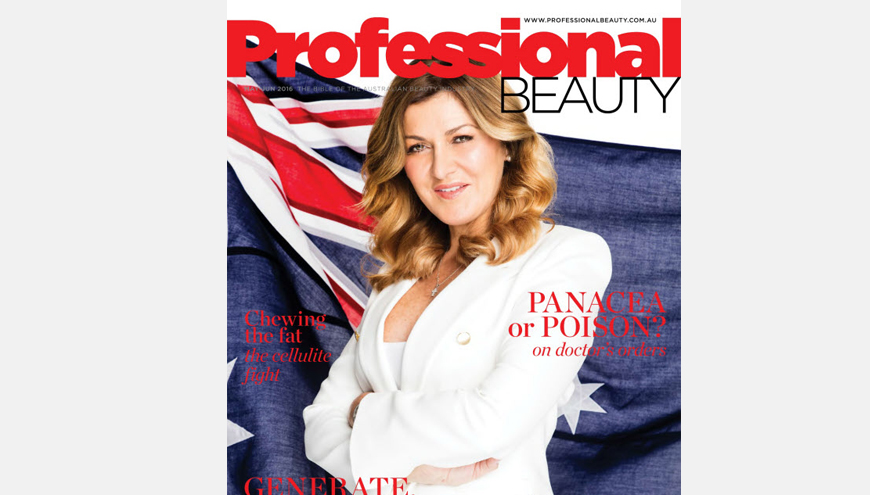
The silent sales achievers… who are they?
Let’s recap the five types of Salon sales reps we’ve covered so far – the Caller (5% success rate), the Teller (10% rate) and the Seller (20% rate).
They’re all (more often than not, overly) verbal, enthusiastic and full of potential… that’s just waiting to be trained and tapped.
But the down side of these three types? None of them come anywhere close to the desirable 50% sales success rate… and worse still, in numbers, they make up the bulk of your sales team.
So who’s left? You know, those that have a 50% or above success rate and are everything that the other three styles aspire to be?
There’s just two.




